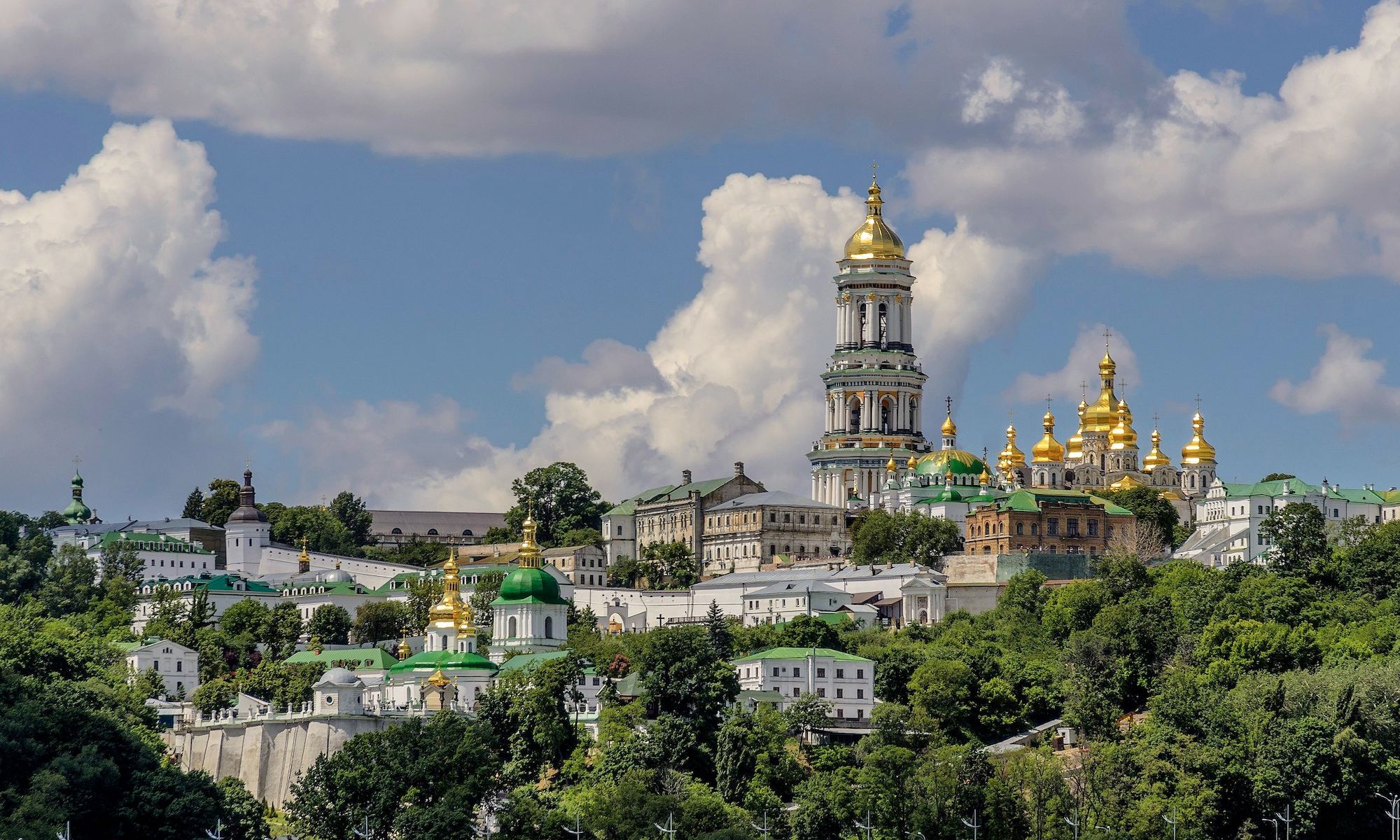The Kyiv-Pechersk Lavra Photo: Wikimedia Commons
The Saint Sophia Cathedral and the Kyiv-Pechersk Lavra monastery complex in Kyiv, as well as the entire historic centre of the city of Lviv are the latest Ukrainian additions to Unesco’s list of endangered World Heritage sites. (The historic centre of Odesa was added in January.)
The decision was made earlier today (15 September) at a Unesco World Heritage Committee meeting in Riyadh, Saudi Arabia. The committee noted that, although the Ukrainian government has taken actions to protect the sites, “optimal conditions are no longer met to fully guarantee the protection of the Outstanding Universal Value of the property and that it is threatened by potential danger due to the war”.
The Saint Sophia Cathedral, one of Kyiv’s best-known landmarks, was built in the 11th century. Designed to rival the Hagia Sophia and with an extensive collection of Byzantine mosaics and frescoes, the cathedral was built to symbolise the “new Constantinople” in the capital of the newly Christian principality of Kyiv after Saint Vladimir was baptised in 988. (The Security Service of Ukraine headquarters is located nearby and a target of Russian bombardment.)
Five kilometres to the southeast of the cathedral, the Kyiv-Pechersk Lavra is a complex of monasteries and churches dating from roughly the same period (and built up over the centuries), a centre of Eastern Orthodoxy that helped spread the faith throughout the region through the 19th century. The cathedral and monastery complex, as a single unit, have been on the Unesco World Heritage list since 1990.
Lviv's Market Square Photo: Wikimedia Commons
The city of Lviv, in Western Ukraine, was founded during the Middle Ages and became a centre of commerce, culture and politics in the 13th through the 20th centuries. The city centre contains many intact medieval structures, in addition to buildings from the Renaissance and Baroque periods and traces of the numerous ethnic communities that have called Lviv home over the centuries—Polish, Ukrainian, Jewish and Armenian among them. Lviv’s historic centre, which includes the Andrey Sheptytsky National Museum, was added to the World Heritage list in 1998.
The inclusion of these sites on Unesco’s endangered list is meant to both deter Russian bombings in their vicinity and to rally international support for their conservation. Earlier this week, the Unesco World Heritage Committee voted to exclude the city of Venice from its endangered list for the second time in as many years.

